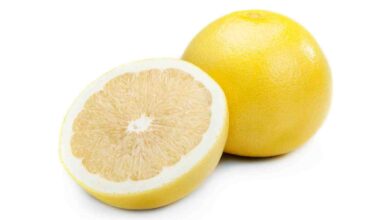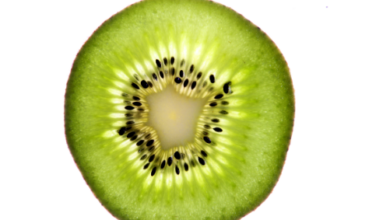Texture Matters: Why Are Pears Gritty?

Pears come from the Rosaceae family and are known for their juicy, edible parts. The pear has a skin, soft flesh, a core, and seeds. The way these parts combine can make the pear feel gritty when you eat it.
Table of Contents
- What Makes Pears Gritty: Stone Cells
- Different Kinds of Pears Have Different Textures
- Nature and Gritty Pears
- Picking Pears at the Right Time
- Ethylene Gas and Pear Texture
- Handling Pears from the Tree to Your Home
- How to Enjoy Gritty Pears
- Creating Pears Without Grittiness
- It’s All About What You Like
- Summary
What Makes Pears Gritty: Stone Cells
Stone cells, or sclereids, are a big reason why pears can be gritty. These are plant cells found in the flesh of the fruit. They’re harder and grainy compared to the other cells that make fruit smooth. If there are a lot of stone cells, the pear might not feel nice to eat because it’s too gritty.
Different Kinds of Pears Have Different Textures
No two pear varieties feel the same. Some are grittier than others.
European pears, like Bartlett or Anjou pears, are usually pretty smooth, but Asian pears, like the Nashi, are crispier and juicier. The type of pear affects how many stone cells it has and where they are in the fruit.
Nature and Gritty Pears
The place where a pear grows is important for how it turns out.
The soil, weather, and how much water there is can change how many stone cells form. Pears from hot, dry places often feel grittier, but if they grow in cool areas with plenty of water, they’re usually smoother.
Picking Pears at the Right Time
When pears are picked has a lot to do with their texture. If they’re picked too soon, they might not have grown properly and could be too hard. Wait too long, and they might be overly ripe and get mushy. It’s important to find the right time to pick them so they have the best texture.
Ethylene Gas and Pear Texture
Ethylene gas is made by plants and helps fruits like pears get ripe and sweet. But it’s a tricky thing because it can also make more stone cells form, which makes the pears grittier. Proper storage and handling can help control what the ethylene gas does to the pears.
Handling Pears from the Tree to Your Home
How pears are treated after they’re picked can also change how they feel. If they’re not treated well, get bumped around, or aren’t stored correctly, they can get grittier. It’s important to handle pears gently to avoid this.
How to Enjoy Gritty Pears
Don’t worry if you’ve got a gritty pear. There are ways to make it better. You can cook the pears by poaching or baking them because the heat can make the stone cells less gritty. You could also blend or puree the pears for a creamy, smooth feel that hides any grittiness.
Creating Pears Without Grittiness
Grittiness has been a problem for people who grow and breed pears for a long time. They are working on making new kinds of pears that don’t have as many stone cells. They use special techniques to pick the best pears to breed together, which should make future pears less gritty.
It’s All About What You Like
Some people might not like gritty pears, but others might not mind. Just like with apples, where some like them crunchy and others prefer them soft, people have their own tastes for pears too. It’s good to try different kinds of pairs and enjoy the variety they offer.
Summary
Pears can be gritty because of stone cells. The kind of pear, where it grows, when it’s picked, and how it’s treated after picking can all make a pear gritty. But by understanding and taking care of these factors, we can enjoy many kinds of pears with different textures.







